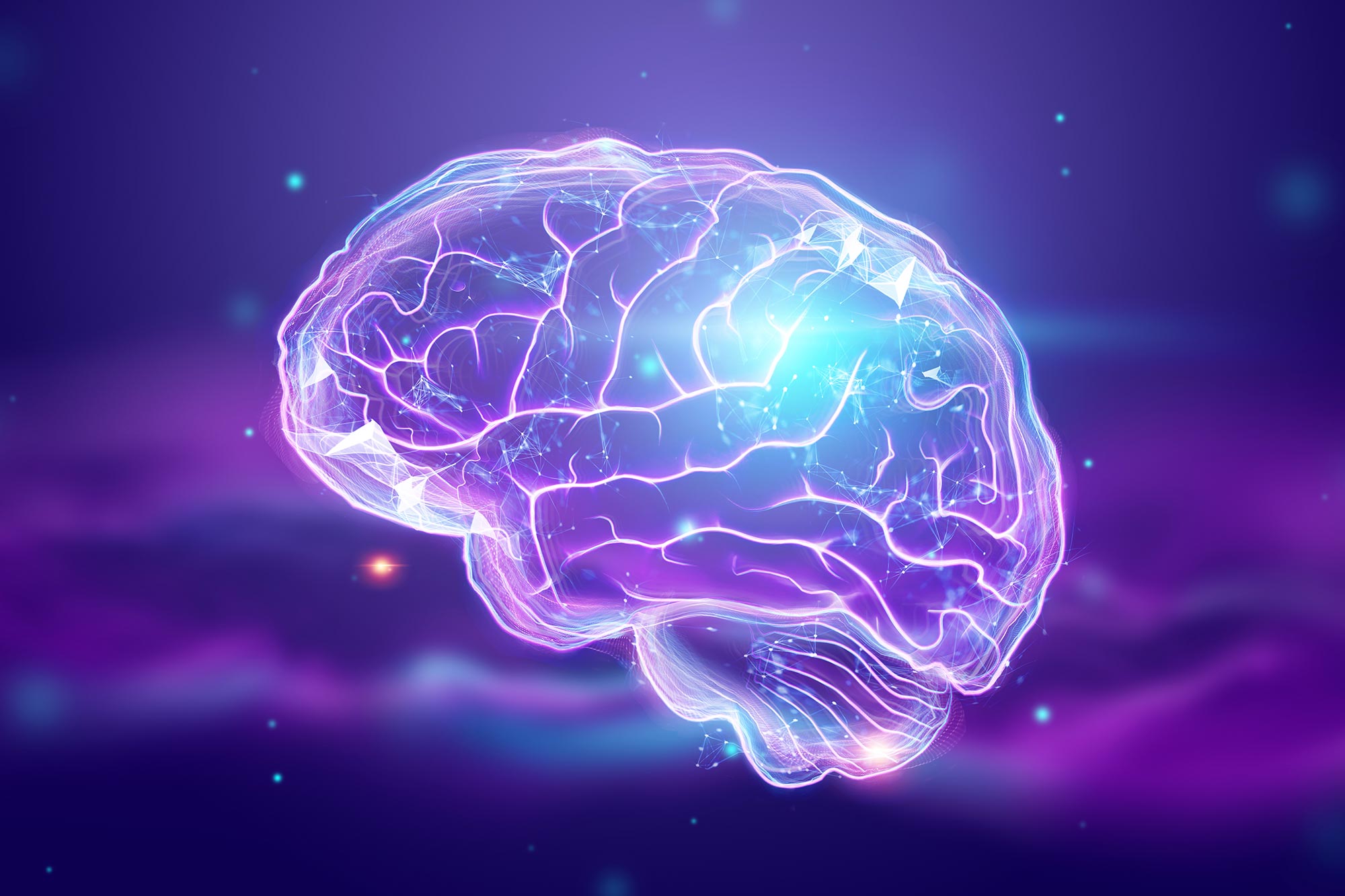
Η άσκηση μπορεί να βελτιώσει άμεσα την υγεία του εγκεφάλου προάγοντας την ανάπτυξη νευρώνων στον ιππόκαμπο, με τα αστροκύτταρα να παίζουν σημαντικό ρόλο στη μεσολάβηση των επιπτώσεων. Αυτή η έρευνα θα μπορούσε να οδηγήσει σε θεραπείες που βασίζονται στην άσκηση για γνωστικές διαταραχές όπως η νόσος του Αλτσχάιμερ.
Η μελέτη των χημικών σημάτων από τη συστολή των μυϊκών κυττάρων δείχνει τρόπους βελτίωσης της υγείας του εγκεφάλου μέσω της άσκησης.
Οι ερευνητές του Beckman μελέτησαν πώς τα χημικά σήματα από τους μύες που συστέλλονται προάγουν τον υγιή εγκέφαλο. Τα ευρήματά τους αποκαλύπτουν πώς αυτά τα σήματα βοηθούν στην ανάπτυξη και ρύθμιση νέων δικτύων εγκεφάλου, ενώ επισημαίνουν επίσης τρόπους βελτίωσης της υγείας του εγκεφάλου μέσω της άσκησης.
Η σωματική δραστηριότητα αναφέρεται συχνά ως τρόπος βελτίωσης της σωματικής και ψυχικής υγείας. Ερευνητές στο Ινστιτούτο Beckman για την Προηγμένη Επιστήμη και Τεχνολογία έχουν δείξει ότι μπορεί επίσης να βελτιώσει την υγεία του εγκεφάλου πιο άμεσα. Μελέτησαν πώς τα χημικά σήματα που απελευθερώνονται από την άσκηση των μυών προάγουν την ανάπτυξη των νευρώνων στον εγκέφαλο.
Η δουλειά τους έχει δημοσιευτεί στο περιοδικό Νευρολογία.
Όταν οι μύες συστέλλονται κατά τη διάρκεια της άσκησης, όπως οι δικέφαλοι μυς μιας άρσης βαρέων βαρών, απελευθερώνουν μια ποικιλία ενώσεων στην κυκλοφορία του αίματος. Αυτές οι ενώσεις μπορούν να ταξιδέψουν σε διάφορα μέρη του σώματος, συμπεριλαμβανομένου του εγκεφάλου. Οι ερευνητές ενδιαφέρθηκαν ιδιαίτερα για το πώς η άσκηση μπορεί να ωφελήσει ένα συγκεκριμένο τμήμα του εγκεφάλου που ονομάζεται ιππόκαμπος.
«Ο ιππόκαμπος είναι μια σημαντική περιοχή για τη μάθηση και τη μνήμη, και επομένως τη γνωστική υγεία», δήλωσε ο Ki Yun Lee, Ph.D. φοιτητής στις μηχανολογικές επιστήμες και τη μηχανική στο Πανεπιστήμιο του Ιλινόις, στην Urbana-Champaign, και επικεφαλής συγγραφέας της μελέτης. Έτσι, η κατανόηση του τρόπου με τον οποίο η άσκηση ωφελεί τον ιππόκαμπο θα μπορούσε να οδηγήσει σε θεραπείες που βασίζονται στην άσκηση για μια ποικιλία καταστάσεων, όπως[{” attribute=””>Alzheimer’s disease.

Hippocampal neurons (yellow) surrounded by astrocytes (green) in a cell culture from the study. Image provided by the authors. Credit: Image provided by the study authors: Taher Saif, Justin Rhodes, and Ki Yun Lee
To isolate the chemicals released by contracting muscles and test them on hippocampal neurons, the researchers collected small muscle cell samples from mice and grew them in cell culture dishes in the lab. When the muscle cells matured, they began to contract on their own, releasing their chemical signals into the cell culture.
The research team added the culture, which now contained the chemical signals from the mature muscle cells, to another culture containing hippocampal neurons and other support cells known as astrocytes. Using several measures, including immunofluorescent and calcium imaging to track cell growth and multi-electrode arrays to record neuronal electrical activity, they examined how exposure to these chemical signals affected the hippocampal cells.
The results were striking. Exposure to the chemical signals from contracting muscle cells caused hippocampal neurons to generate larger and more frequent electrical signals — a sign of robust growth and health. Within a few days, the neurons started firing these electrical signals more synchronously, suggesting that the neurons were forming a more mature network together and mimicking the organization of neurons in the brain.
However, the researchers still had questions about how these chemical signals led to growth and development of hippocampal neurons. To uncover more of the pathway linking exercise to better brain health, they next focused on the role of astrocytes in mediating this relationship.
“Astrocytes are the first responders in the brain before the compounds from muscles reach the neurons,” Lee said. Perhaps, then, they played a role in helping neurons respond to these signals.
The researchers found that removing astrocytes from the cell cultures caused the neurons to fire even more electrical signals, suggesting that without the astrocytes, the neurons continued to grow — perhaps to a point where they might become unmanageable.
“Astrocytes play a critical role in mediating the effects of exercise,” Lee said. “By regulating neuronal activity and preventing hyperexcitability of neurons, astrocytes contribute to the balance necessary for optimal brain function.”
Understanding the chemical pathway between muscle contraction and the growth and regulation of hippocampal neurons is just the first step in understanding how exercise helps improve brain health.
“Ultimately, our research may contribute to the development of more effective exercise regimens for cognitive disorders such as Alzheimer’s disease,” Lee said.
Reference: “Astrocyte-mediated Transduction of Muscle Fiber Contractions Synchronizes Hippocampal Neuronal Network Development” by Ki Yun Lee, Justin S. Rhodes and M. Taher A. Saif, 2 February 2023, Neuroscience.
DOI: 10.1016/j.neuroscience.2023.01.028
In addition to Lee, the team also included Beckman faculty members Justin Rhodes, a professor of psychology; and Taher Saif, a professor of mechanical science and engineering and bioengineering.
Funding: NIH/National Institutes of Health, National Science Foundation

“Ερασιτέχνης διοργανωτής. Εξαιρετικά ταπεινός web maven. Ειδικός κοινωνικών μέσων Wannabe. Δημιουργός. Thinker.”

